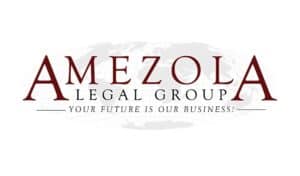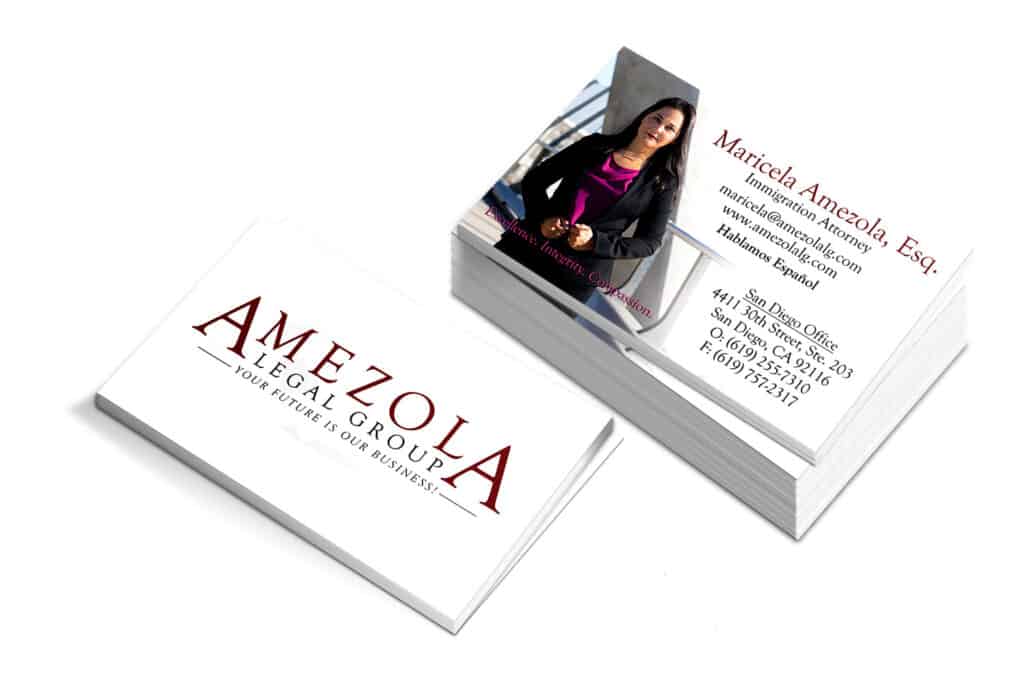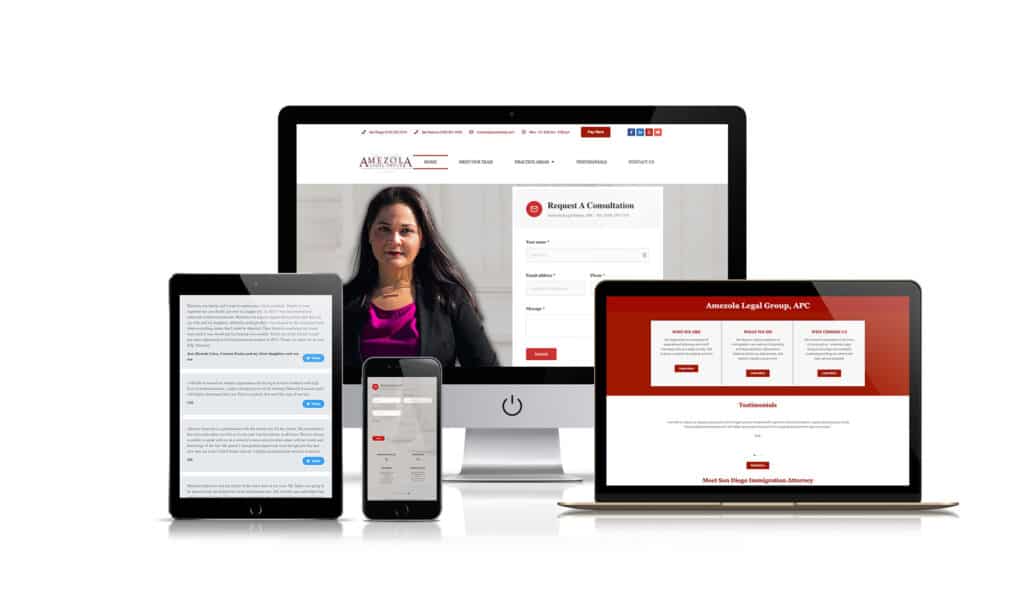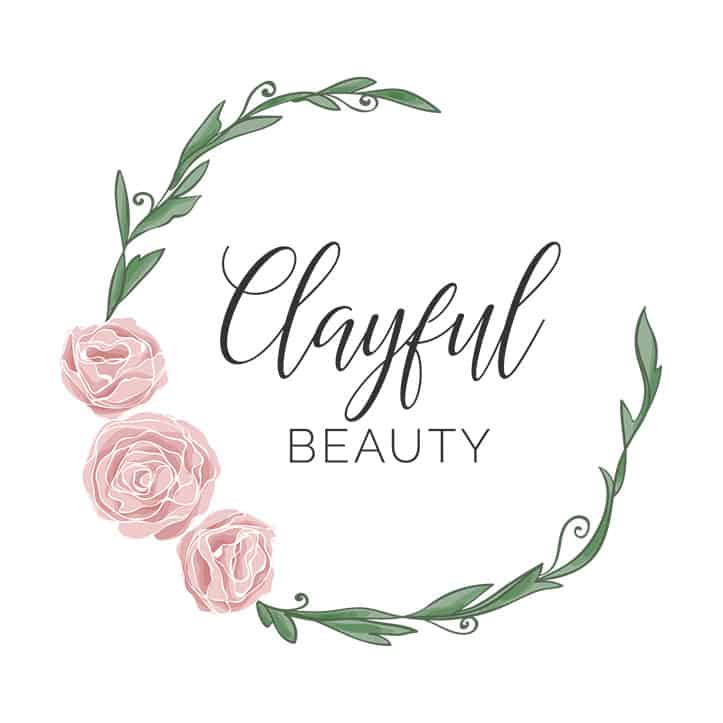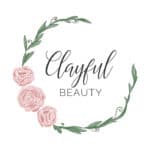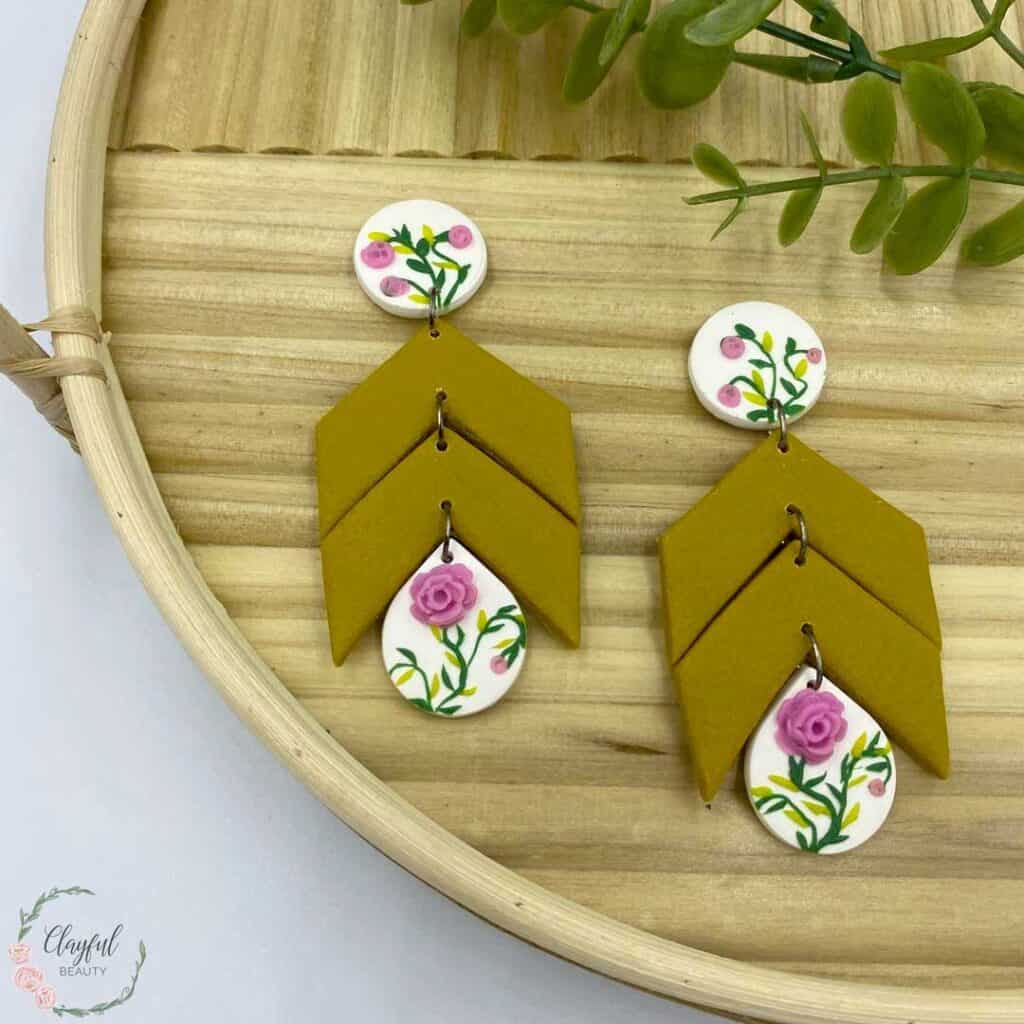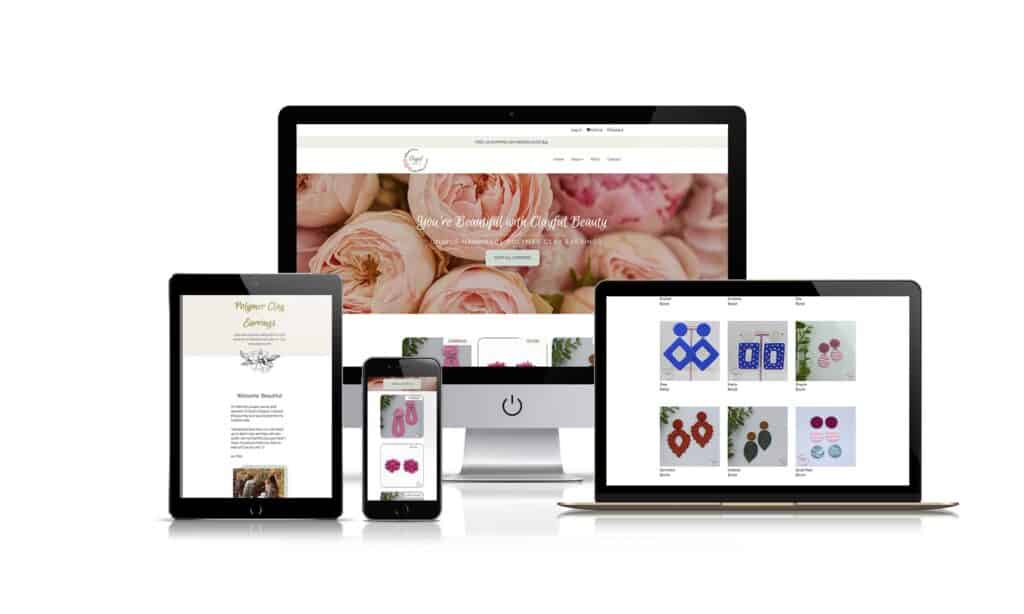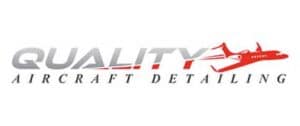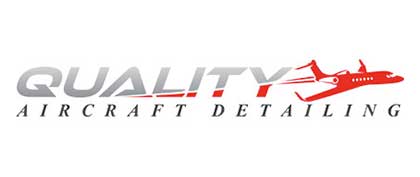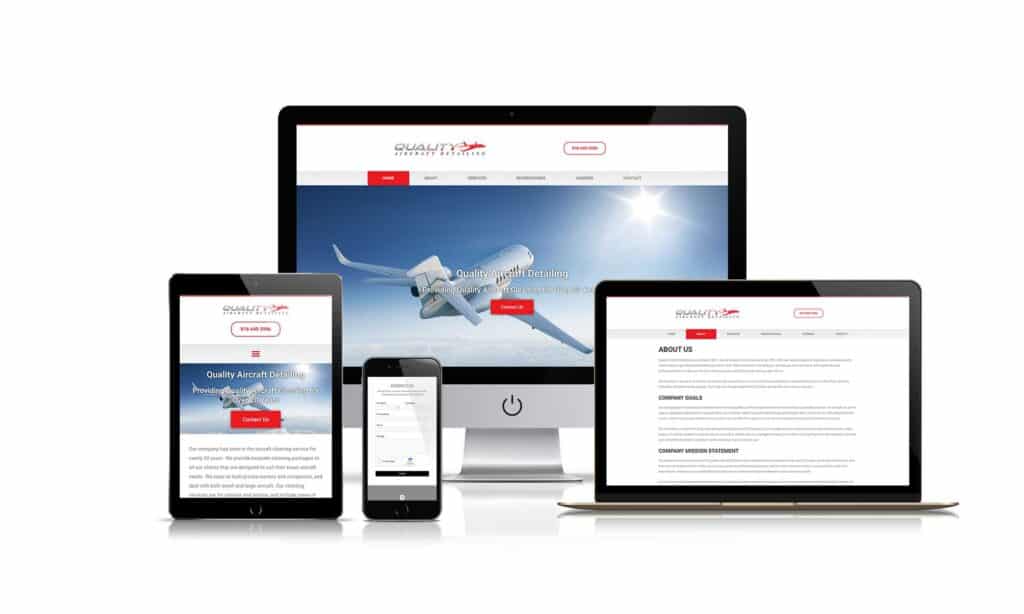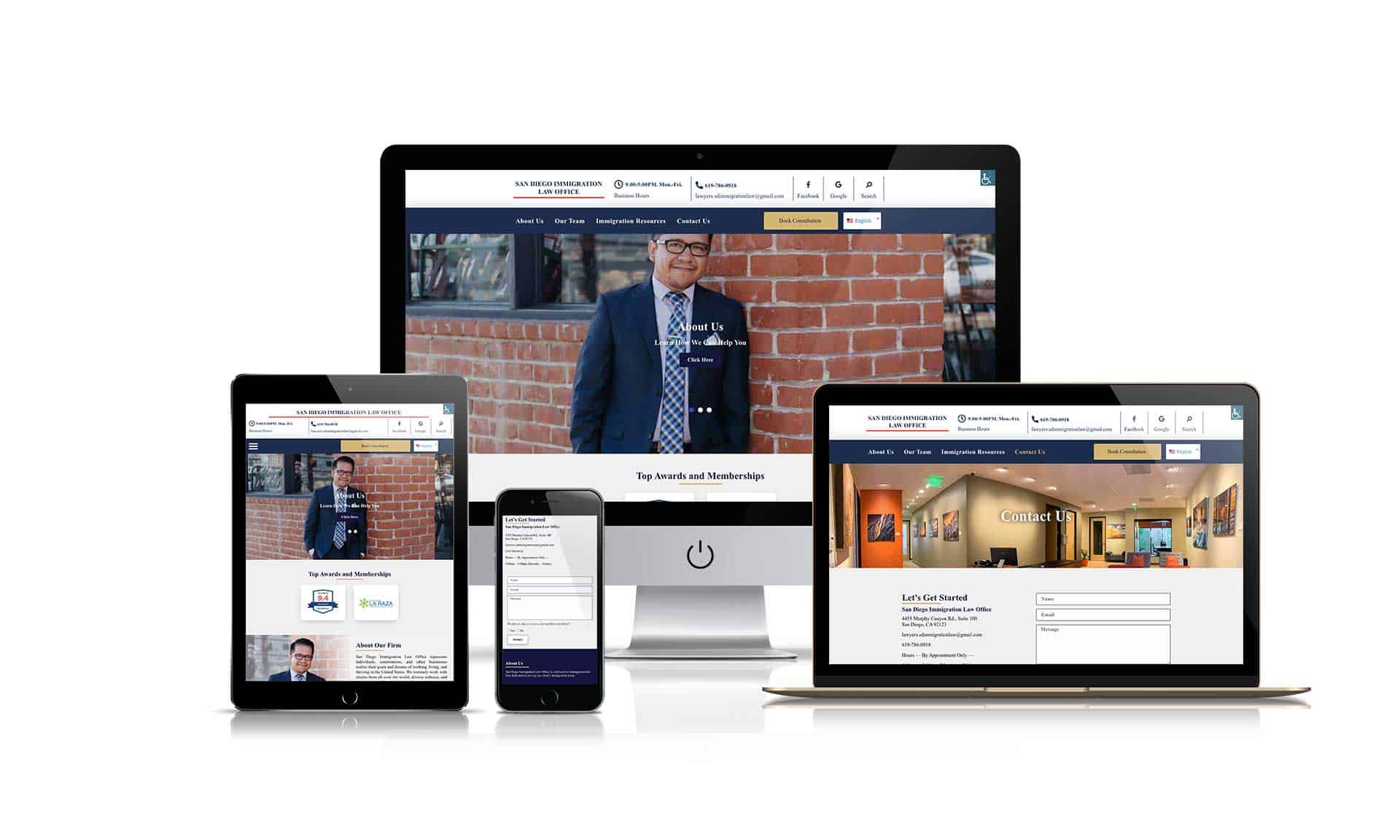Empty heading
Jump Start Your Local SEO Presence
Local SEO is a type of Local Search Engine Optimization that focuses on optimizing a website for local search. Local SEO can be defined as increasing online visibility to rank higher in regional search engine results pages, such as Google Maps and Yelp. Local SEO services help businesses get found by customers looking for them within their geographical area. Local companies that are not employing Local Search Engine Optimizations techniques may eventually be pushed out of business by competition from those who use these techniques.
How Does Local SEO Differ From SEO?
The first and one of the most significant differences in how Local SEO focuses on geographical areas. There is a need for special attention to local SEO san Diego because US search engine traffic has shifted towards local results. Google, Yahoo!, Bing, and AOL are all moving their sites towards a more specialized approach wherein they give higher priority to local listings. This means that people who don’t live in San Diego may not find it on the first page of Google’s search results. How to Get Started with Local SEO If you have a website, the chances are that it is already optimized for search engines.
While many web designers will automatically install meta tags and follow other optimization principles, customers undoubtedly would rather not trouble themselves with the process. That is where GMB comes into play. How Can Local SEO Services Help Small Companies with Online Marketing? How can GMB help small businesses succeed online?
The answer is simple – by offering SEO services. We know that it is not easy to market your business on the internet because of all the competitors out there, but we are here to help you weed them out and get your business to the top of the search engine results. How Our SEO Services Work To rank high on Google and other search engines, we need you to complete a profile for your businesses online.
These profiles give search engine crawlers data that they can use to rank your website correctly in their search results. The only way people will find your business online is if the search engines know where you are located. How The Profiles Work Google, Yahoo!, and Bing understand that a website’s physical location is important and will use it for local ranking data.
By filling out our Google My Business forms, we can provide search engine crawlers with information about your address and phone number so they can connect your website to a local area.
How Does Link-Building For Local SEO Work in San Diego?
There are many ways to go about getting links, but one of the most effective is Through content marketing, the idea is to produce valuable, interesting, and engaging content that will appeal to your target audience and attract links. But it doesn’t stop there: you need to distribute your content on social media channels like Twitter and Facebook.
You can also submit articles for publication on third-party websites or blogs to gain backlinks from those sites. This tactic often involves a two-step process with guest blogging as the first step, followed by submitting an article written for another location or blog which incorporates a link back to your original post/page on your site. It’s essential not only that you have valuable information – but that you share it engagingly.
Once you have the right content, it’s time to distribute it. Let’s say your target audience is local businesses and consumers in a specific area – let’s call it “Midtown.” If you create a blog post that serves this community by answering questions or providing tips, for example, make sure those people can find it.
This means submitting the content on Digg, StumbleUpon, Reddit, and other social media sites. Post articles on niche forums or through advertising with YPN (Yellow Pages Network). Put your content in local directories like Google Places and Yelp.
If you can get people talking about your content, often referred to as “content amplification,” search engines will be more likely to notice you (because people use search engines when they search for information, right?). This is where social media like Facebook and Twitter comes in: it’s a great way to tell your story.
All of this work might sound difficult, but it can be pretty straightforward if you have a good content marketing strategy.
One way to get started is by downloading a free SEO eBook or search engine optimization guide that can put you on the right path.
One last thing: don’t forget local search, which brings people looking for services and products in your area. You want to make sure people who search locally know about you – because if you don’t, your competitors will.
What Does a Content Strategy Look Like For Local SEO?
Google search engine is the most popular search engine on Earth. It’s not surprising that search engines are paying more attention to local search results. With Google My Business, professions in San Diego, CA, can now manage their online presence across various platforms and channels, including Google Search, Maps, YouTube, and Gmail!
Research your competitors
It would help if you always researched what other companies in your area are doing well. If you know what they’re doing wrong or right, it will be easier for you to create a strategy that best fits your goals and objectives. For example, if one of your competitors is using video marketing, you should think about implementing video into your content strategy.- Create an editorial calendar – When creating an editorial calendar, you want to ensure that it’s easy for search engines to crawl and find your website. You can do this by using the search engine’s preferred file types, such as HTML or XML, instead of MP3 files. Make sure you use descriptive headings and keywords so search engines can quickly identify which content goes with which keyword.
Get found on search engines
There are search engine optimization (SEO) firms that specialize in local search engine optimization. If you choose to work with one, make sure they have a good understanding of how search engines rank your website.- Use images and video on your site – Images can be one of the essential factors in your search rankings because search engines are now analyzing search queries and searches with images.
Optimize search engine listings
Claim your listing on Google, Yahoo, Bing, and other search engines. Ensure all the information is accurate for search engines to be able to rank your business. If you don’t claim your search listing, a search engine won’t know that you are a local business.
Make search engines aware of your changes.
Search engines will not know about your site once you update your location unless you submit a change report. Google requires you to submit a search engine update request after a certain number of days with an updated sitemap on Google’s Search Console(webmaster tools) page.
Update content regularly
Updating your website’s content regularly is one of the essential search engine optimization (SEO) techniques. It can be very time-consuming and tedious, but it pays off in spades if you do it right.
A good content marketing strategy starts with a well-planned editorial calendar that includes keywords, images, and video to satisfy search engines. You want search engines to know about any changes you make to your site so they can rank you higher for related searches. And finally, continually update your web pages as much as possible because search engines like fresh content.
Landing Pages
Landing pages are a crucial part of search engine optimization.
A landing page is any web page that has been optimized for conversion. The term originated in direct response marketing, where the goal was to get people to “land” on your website and buy something – usually by filling out a form or purchasing an offer.
Most websites have at least one landing page that they use as their homepage. However, search engines don’t rank these types of pages very highly because there’s no way to know what content will be seen first when someone clicks it (or if they click it). That means search engines can’t assign trustworthiness or reliability to those pages – which is why search engines like fresh content instead! The best choice is to build out a specific landing pages for search engines to rank.
A common type of landing page is designed with search engine optimization in mind. That usually means it includes a headline, description meta tag, and search terms that you want search engines to find your website for. You can also create content around specific keywords to help search engines index your site more easily. One hugely important factor is a straightforward call to action and a simple NAP form in the header.
So What is NAP?
NAP stands for Name, Address, and Phone number. This information is searchable on search engine websites. The NAP should be included in your website’s navigation and are usually a search engine optimization technique that you can have on your search engine listings page.
OUR LOCAL San Diego SEO MARKETING PROCESS
Successful GMB campaigns must be maintained and updated by editing details whenever necessary. It is vital to have this information on a website so customers can see who the business is, what they do, and how they perform. Local SEO marketing involves specific steps that help a company gain visibility online.
First steps
- Know your customer
- Create a Google My Business listing
- Submit accurate company information to local directories
- Build high-quality links from relevant sites and social media networks
- Conduct keyword research for conversion optimization
- Publish content on a blog
- Get reviews from customers and influencers
- Monitor your progress with analytics tools
- Create backlinks to improve trustworthiness and increase visibility.
Working with our agency for optimizing your GMB listing
There are always new opportunities to reach your customers. We want to help you take advantage of them all!
We can help you optimize your GMB listing in San Diego, CA, so that it reaches the right people in your target audience with the right message at the right time. Whether through our social media optimization services or other digital marketing strategies, we will work with you to drive targeted traffic and leads for your business.
You don’t have to do this alone! Contact us today for more information on providing a customized solution for growing your business online.




